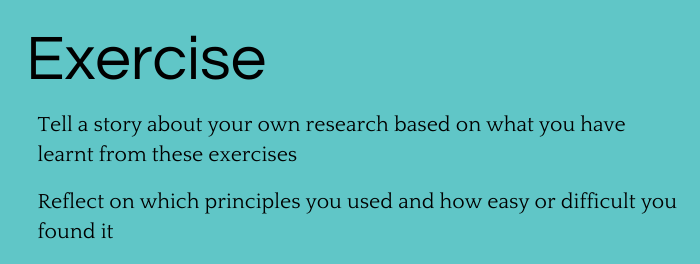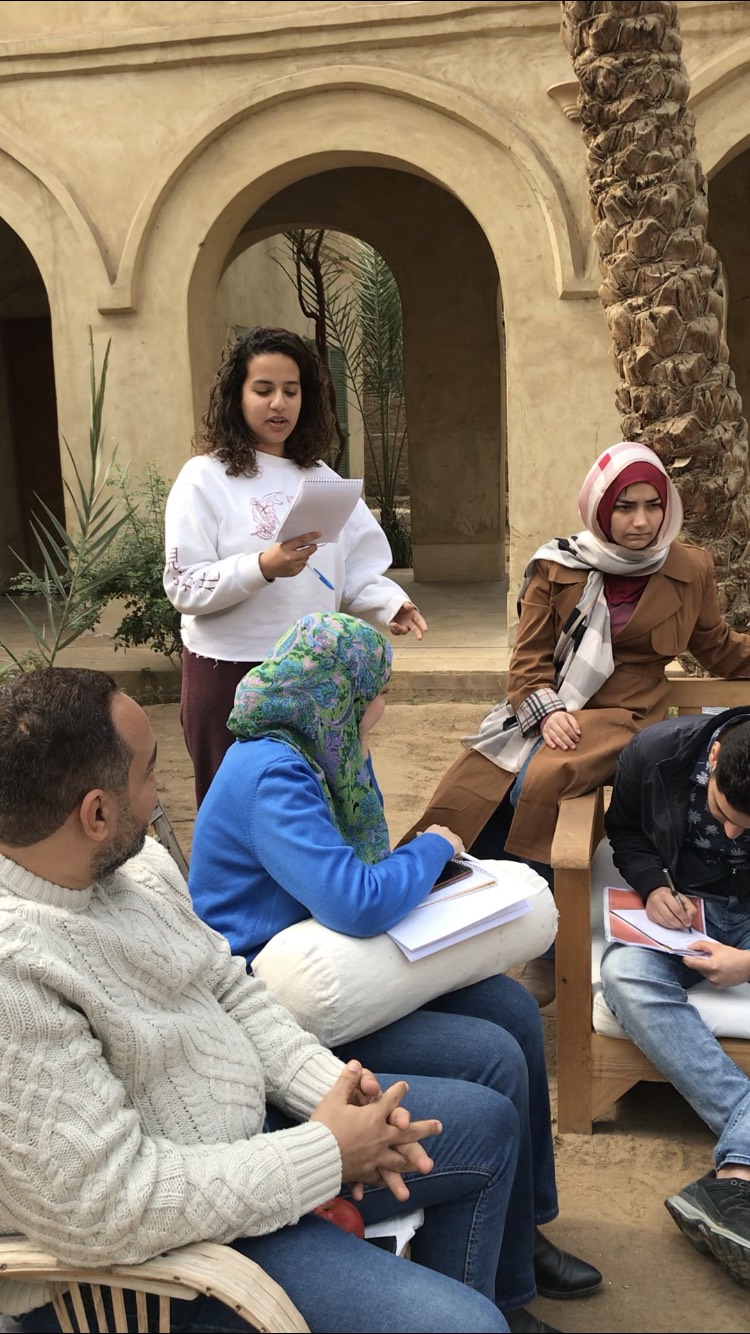Science and stories
Stories offer a way of building more sustainable and meaningful engagement with science because people are more used to communicating information through stories than graphs and numbers 16.
The concept of using the narrative form for communication has become increasingly common among science communicators 17.
Not only does the use of narratives help public audiences understand complex and abstract science issues 18 but it also makes the science easier to remember and process relative to traditional forms of scientific communication 19.
However, not all scientists are familiar with communicating through the narrative form, and it can be difficult to turn scientific research into a compelling story.
You can use what you have learnt from these pages as the building blocks for constructing an effective climate story:
- Take responsibility for how you are heard – find and build your voice
- Understand your audience
- Connect with the values and interests of your audience
- Talk in terms which your audience can relate to, to overcome psychological distancing
- Use the language of risk rather than uncertainty
- Show the human face of science – include a story about your own life that relates to your message
Employ these elements in a ‘and, but, therefore’ structure to provide an engaging and simple framework for your story.
For example, “We know the ocean and atmosphere is a coupled system and that this system shapes how the climate acts but there are still some uncertainties about how clouds affect this process. Therefore, we are developing more sophisticated models to improve our understanding of how clouds affect the climate.”
Tell a story about your own research

The content of these webpages draws on a series of workshops created and developed by Climate Outreach and the Tyndall Centre for Climate Change Research as part of the Helix project.
16 Corner, A. & Clarke, J. (2016). Talking climate: From research to practice in public engagement. Palgrave Macmillan. doi:10.1007/978-3-319-46744-3
17 Smith, J., Tyszczuk, R., and Butler, R. eds. (2014). Culture and Climate Change: Narratives. Culture and Climate Change, 2. Cambridge, UK: Shed.
18 National Academies of Sciences, Engineering, and Medicine [NASEM]. (2017). Communicating Science Effectively: A Research Agenda. Washington, DC: The National Academies Press. doi: 10.17226/23674
19 Dahlstrom, M.F. (2014). Using narratives and storytelling to communicate science with non-expert audiences. Proceedings of the National Academy of Sciences of the United States of America, 11(4), p. 13614–13620. doi: 10.1073/pnas.1320645111

